When we started designing My Monsters, we weren’t just thinking about maps or levels, we were thinking about feelings. What form would anxiety take if it could be seen? What does loneliness sound like? Can you walk across a memory? Can a place feel like guilt?
That’s what the biomes of Onirium are. Not just environments. Not just scenery. Each one is a living metaphor, an idea of playable emotion.
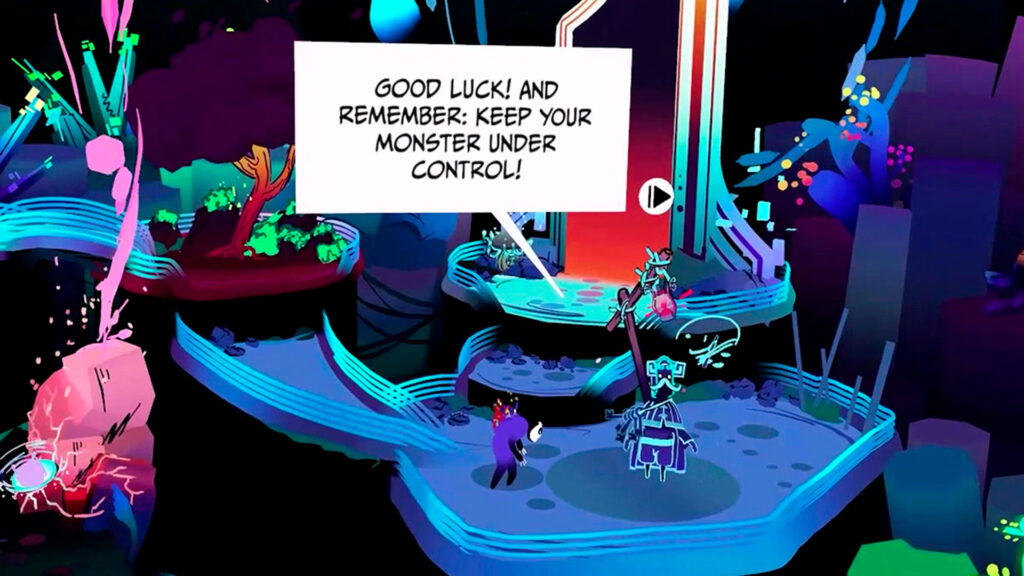
Your journey begins in the Departure Glade, a kind of liminal space suspended between the waking world and the dreamworld. It’s a quiet, shimmering place, not quite real, not quite an illusion. This is where you and your little monster, Moti, form your first bond. The spark that holds your soul together in this virtual reality world.
From there, you’re led into the Trails of Arrival. It’s a place that feels like confusion in motion. Half-formed thoughts, broken pathways, and shadows that remember being something more. Here, doubt begins to emerge. You keep moving forward, but you’re not quite sure toward what. That feeling of disorientation, as you head into the unknown, is the emotion we want you to share with Moti.
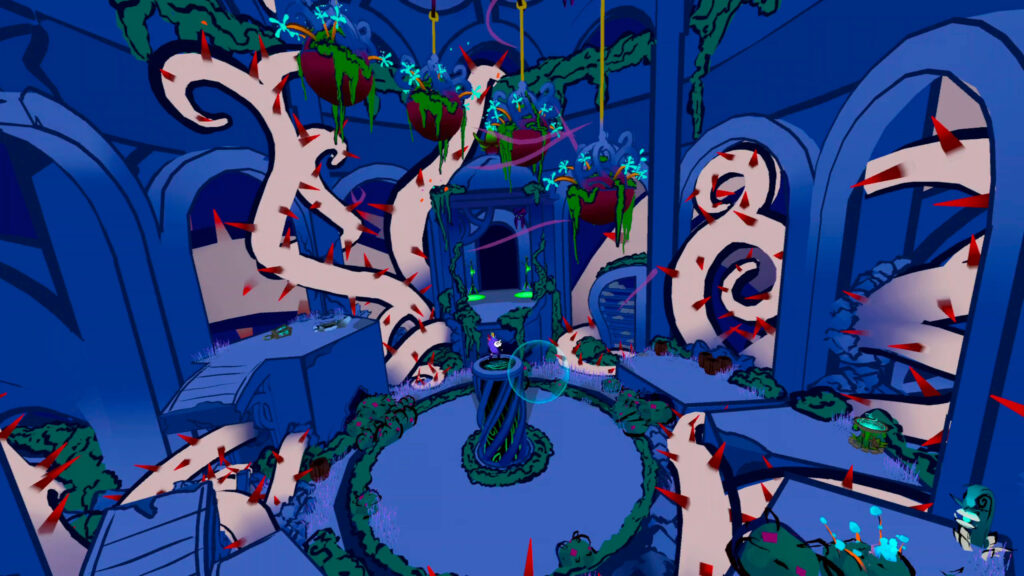
Then come the Aquifers of Oblivion, deep, echoing tunnels once used to forget. The sound of dripping water here is heavy, not soothing. These underground rivers were meant to wash away grief. Now they’re stagnant, haunted by what couldn’t be erased. Isolation doesn’t shout here…it whispers, steadily, endlessly.
Eventually, you reach the Nightmare Temple, where anxiety is no longer a symbol. Now it’s a monster, with form and bad intentions. The Executioner of Anxiety waits here. He mirrors that inner voice most of us try to silence, but we’ll talk more about him in future articles. This part was particularly hard to design, emotionally. It’s not just a boss fight. It’s what it feels like to freeze under pressure. To question your every move. To wonder if you’re enough.
Survive, and you make it to the ruins of the Miners’ Village. This was once a place of music and tradition, carved into the stone by the drugos — joyful, stubborn creatures who mined not for gold, but for meaning. Now, the songs have stopped. The tools are rusted. Anxiety hollowed them out, turned their purpose into repetition. This biome carries the weight of burnout. Of doing the same thing, over and over, and forgetting why.
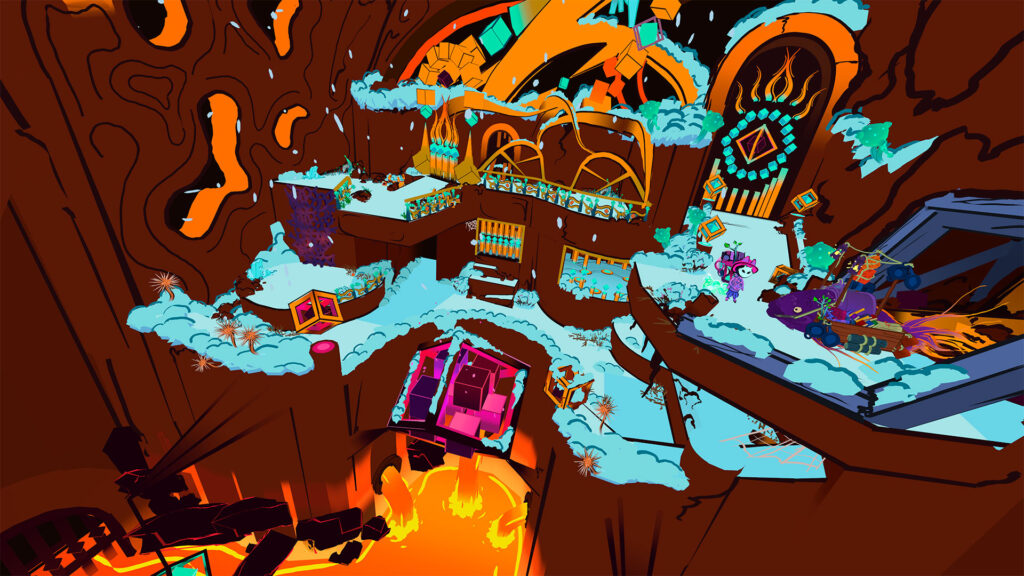
After the heavy silence of the Miners’ Village, you arrive at the Galleries of Ice and Lava. It’s a place of contrasts — frozen laboratories next to flowing magma, crystalline sculptures beside melted circuits. The zatarians once lived here, eccentric minds who saw no line between science and art. Now they barely speak. The corruption didn’t erase them. It just made them forget. As you help reboot their old alchemical labs, a quiet truth starts to settle in: sometimes healing means remembering what used to bring joy.
This area is shaped by the presence of the Lord of Loneliness. His influence is quiet and constant, like a hum you can’t turn off. In this biome, you’re not fighting to survive, you’re trying to reconnect. This part of the game was built around a different kind of challenge: not just combat or puzzles, but the emotional weight of disconnection.
Now, the dreamworld becomes more unpredictable. Logic starts to bend. Paths shift and fold. Reflections appear where they shouldn’t. What once felt like a strange but structured world begins to break down. You’ll cross through unstable bridges suspended over lava, pass through forests built out of geometric solids, and stumble into versions of places you thought you had already left behind.
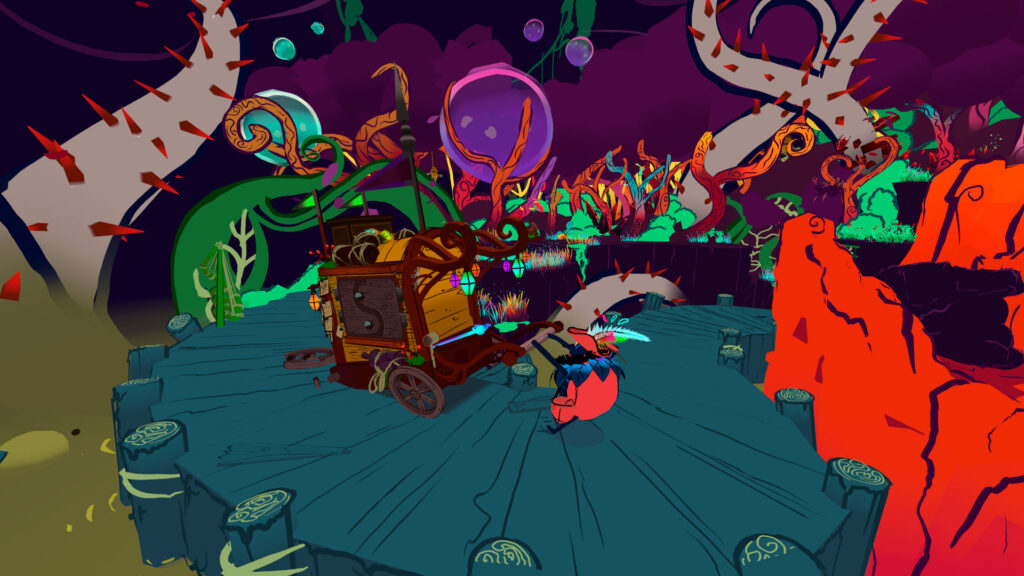
Eventually, the journey leads to the Forest of Dreaming — or what’s left of it. This used to be one of the most illuminated places in Onirium, full of color and wonder, a center of dream energy built by beings who believed in beauty as power. But now, it’s been overtaken by corruption. At the heart of this corrupted place is the Herald of Fear, the last general, chained to the center of the temple. Massive chains pulse with dark energy, draining the last bits of vitality from the structure around him.
His power is in hesitation. The feeling that you’ve missed something important, or that you’re walking into a choice you can’t undo. The entire area was designed to carry that tension — between clarity and doubt, motion and stillness. We wanted players to feel the pressure not just from combat, but from the environment itself.
After the battle, the player returns to a place called Elara’s Glade. It’s a strange, transitional space filled with light, spores, and floating structures that seem to resist definition. There’s beauty here. At the center stands a towering fire tree, glowing with an intense and steady light. Known as the Tree of Utopia, it is considered one of the most sacred and important places in all of Onirium.
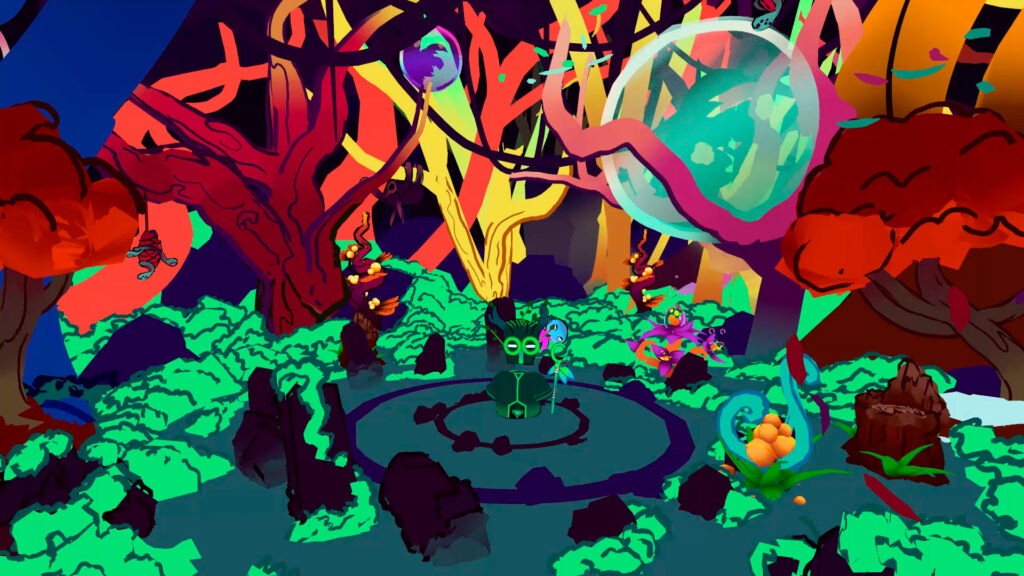
These aren’t just biomes. They’re memories. Truths we all carry, stitched together into something we can finally face, and maybe even understand.
And they’re only the beginning. As a Traveler, you’ll journey through much more in My Monsters — new places, strange creatures, and stories waiting to be pieced together.
This is Onirium.
This is My Monsters.
If this world speaks to you, we’d be truly grateful if you added My Monsters to your wishlist on the Meta Horizon Store. Every bit of support makes a real difference!
https://www.meta.com/experiences/my-monsters/9400542766635529/
Social Media:
X: https://x.com/playmymonsters
Instagram: https://instagram.com/playmymonsters
TikTok: https://tiktok.com/@playmymonsters
Discord: https://discord.gg/JbjaPMYv4Y